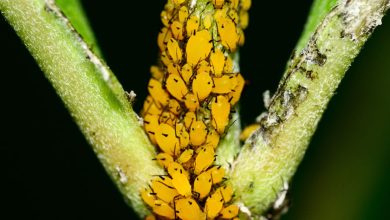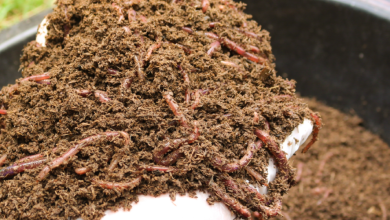What is the most suitable light for orchids?
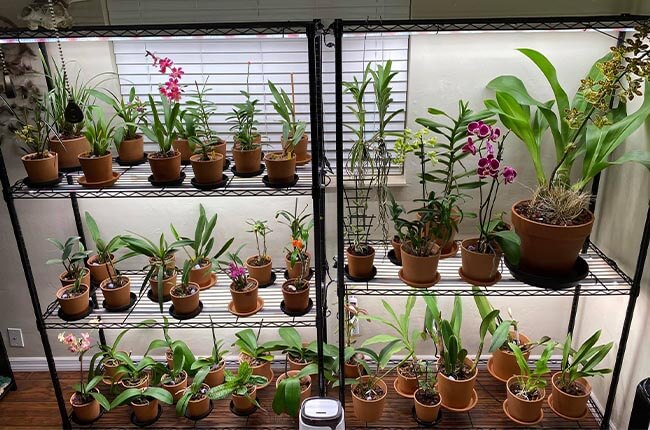
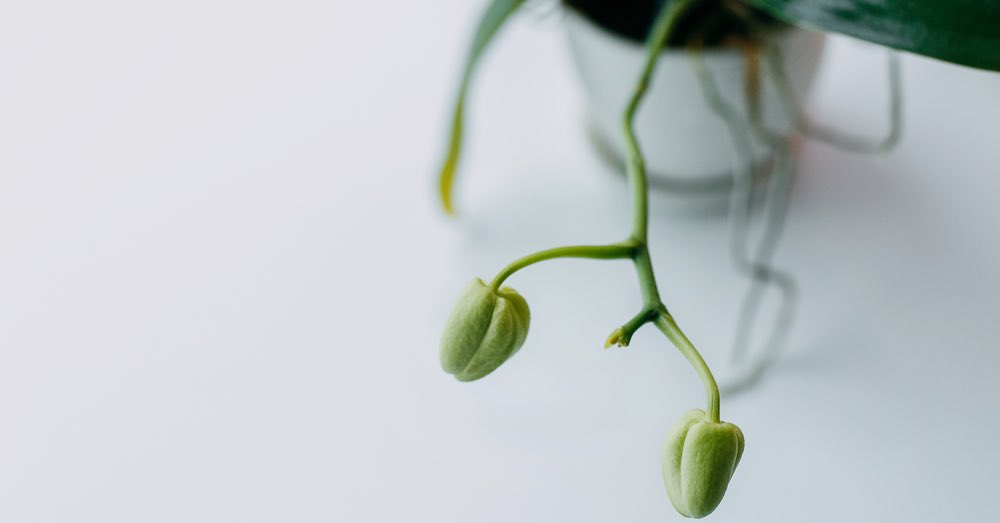
They are one of the plants that arouses the most passions but, simultaneously, one of the ones that raises the most doubts. Among all of them, there is a star topic: what is the most suitable light for orchids. A recurring query among those who are new to growing this plant or even for those who suddenly discover one of the many types of orchids that exist beyond the most popular. And it is that light is, precisely, the most important care for our orchids to flourish. A dark object of desire that pursues anyone who takes care to cultivate them, and has the patience to see them flourish.
Despite what it may seem a priori, there is no universal answer when it comes to talking about the most suitable light for orchids. And it is logical, on the other hand. Let us bear in mind that we are talking about 35,000 species encompassed in more than 750 families. And if the number was not already impressive, it increases if we take into account the many hybrids used in gardening.
Such a variety gives us a clue about the most suitable light for orchids. There is not just one, but one for each orchid species. But it is a statement that has nuances, and today we are willing to see them in detail.
GET TO KNOW THE PLANT TO KNOW WHAT IS THE RIGHT LIGHT FOR THE ORCHIDS WE HAVE
Before looking at details about the most suitable light for orchids, it is vital that we understand something. And we mean how they live in their natural origins. Due to the incredible number of species, we can find orchids in extremely different latitudes. It is more: the orchid is present in all the climates of the world, except the polar ones and the desert ones. And, although it is true that there are incredible specimens in different corners of our planet, it is also true that those from tropical climates are the most spectacular.
But even with shared origins, the most suitable light for orchids varies. Let us remember that one of the incredible virtues of this family of plants is its ability to adapt to the environment. For this reason, we find species that live in almost semi-darkness in tropical forests as well as others capable of settling on tree trunks seeking sunlight. Or, leaving epiphytes aside, orchids that grow in our fields in full sun.
Knowing which is the most suitable light for orchids involves knowing the details of our plants. It is clear that all the orchid plants that we find in centers like Verdecora have high light needs. All of them are tropical in nature and, for this reason, demand good light. But even so, there are different levels of demand for an orchid to grow and bloom properly.
Let us see, then, some details about the appropriate light for orchids according to their species:
phalaenopsis orchid
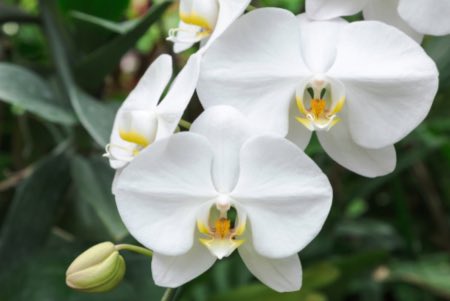
One of the most common types of orchids in homes. It is, perhaps, the most common because of the simplicity of its cultivation. They need a good degree of light but they also adapt to poorer environments. They can never receive direct sun.
cambrian orchid
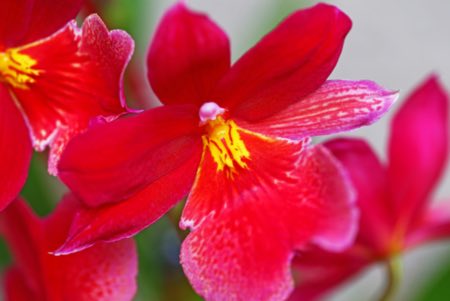
Another of the most popular for its flowers, slightly more oval. They also need a good degree of luminosity but, again, it can never be direct. But beware: too much light can delay flowering. Another aspect that gives us an idea of what they are like: away from other congeners, they prefer rather cool environments.
dendrobium orchid
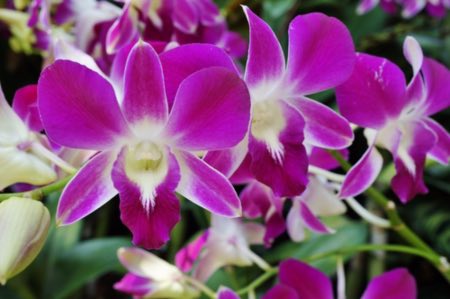
We are talking about a plant with a high demand for light. Although in summer we have to avoid direct sun, in winter it is recommended that you receive it. The cold months and less solar incidence are not positive for this species of orchid that loves a lot of light. And let’s not be afraid to bring it closer to a window in winter: it is an orchid that tolerates cold.
cattleya orchid
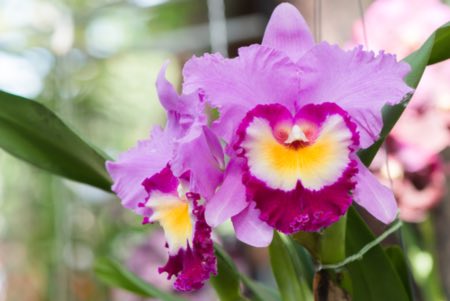
Very demanding with sunlight. You can receive it directly in the cold months and in spring, as long as it is not the midday sun or a very hot climate. If we expose it to full sun, it is important to monitor its environmental humidity. You can get dehydrated.
cymbidium orchid
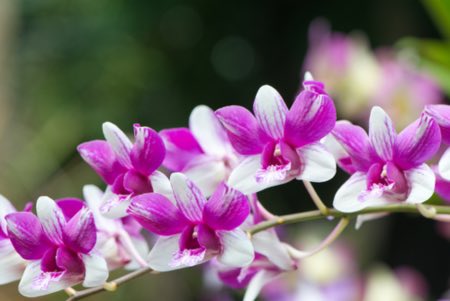
High light demand but never direct sun. Due to its rusticity, it is an orchid that is even grown outdoors. It tolerates the cold and even light and soft frosts. Without subjecting it to these contrasts, it does not hurt to experience changes in temperature. It will be healthy for her.
Vanda Orchid
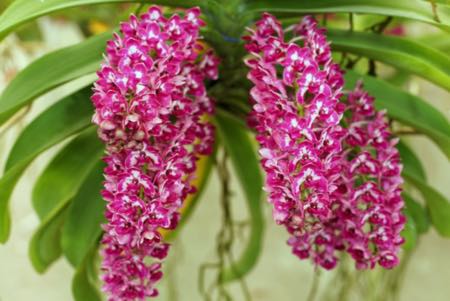
Perhaps the orchid that we can find in our environment with the greatest demand for light. In temperate climates, it tolerates direct sun and lives outdoors in the warm months. If you have it like this, the ideal is a porch or a gallery. These locations give you the relative shade you need.
HOW TO KNOW IF A LOCATION HAS THE MOST SUITABLE LIGHT FOR ORCHIDS
But, even if we know the needs of our plant on paper, how do we know if we have the most suitable light for orchids? Incredible as it may seem, it is easy to know. On the one hand, because light is key for the orchid to give us its precious flowers. If we have already followed the advice on how to get orchids to bloom quickly without success, we can consider that our orchid does not receive the necessary light. But be careful: whether it blooms or not is not really decisive. Orchids are extremely capricious when it comes to blooming, and we cannot believe that doing so or not depends on a single factor.
What can be a true indication of whether we are facing the most suitable light for orchids is the state of their leaves. They are, in fact, the true health thermometer of the plant. Hence, there is nothing like interpreting the signs they show us to know if a change of location should be considered.
Let’s see, a priori, what they can be without losing sight of something: each species can manifest itself in a particular way. Therefore, if we detect any anomaly in the leaves, it is time to find out in detail what is happening.
Yellow leaves, an indicator that the most suitable light for orchids is not such
Usually, a yellowish coloration in the leaves indicates an excess of sunlight. Sometimes, this «extra» is also manifested by burns on the leaves that take on a dark color. If this is our case, it is important to relocate the plant in a bright space but where it does not receive sun.
Green-gray leaves, an indicator of lack of light
Our orchid is crying out for a brighter place. Let’s not lose sight of anything. The lack of light apparently only affects flowering. However, its effects are much deeper. It also stops root growth. An even more important reason to find a nicer place for her.
And you, are you giving it the most suitable light for the orchids you have?

